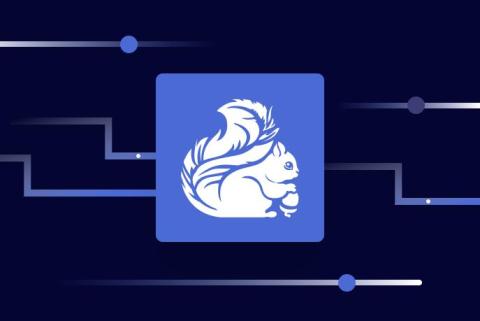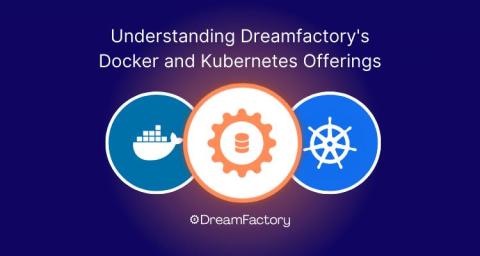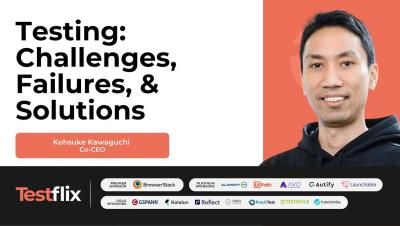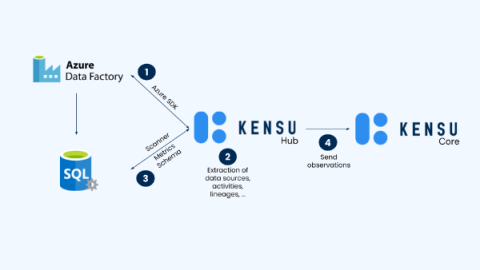Build Streaming Apps Quickly with Flink SQL Workspaces
At this year’s Current, we introduced the public preview of our serverless Apache Flink® service, making it easier than ever to take advantage of stream processing without the complexities of infrastructure management. This first iteration of the service offers the Flink SQL API, which adheres to the ANSI standard and enables any user familiar with SQL to use Flink.











